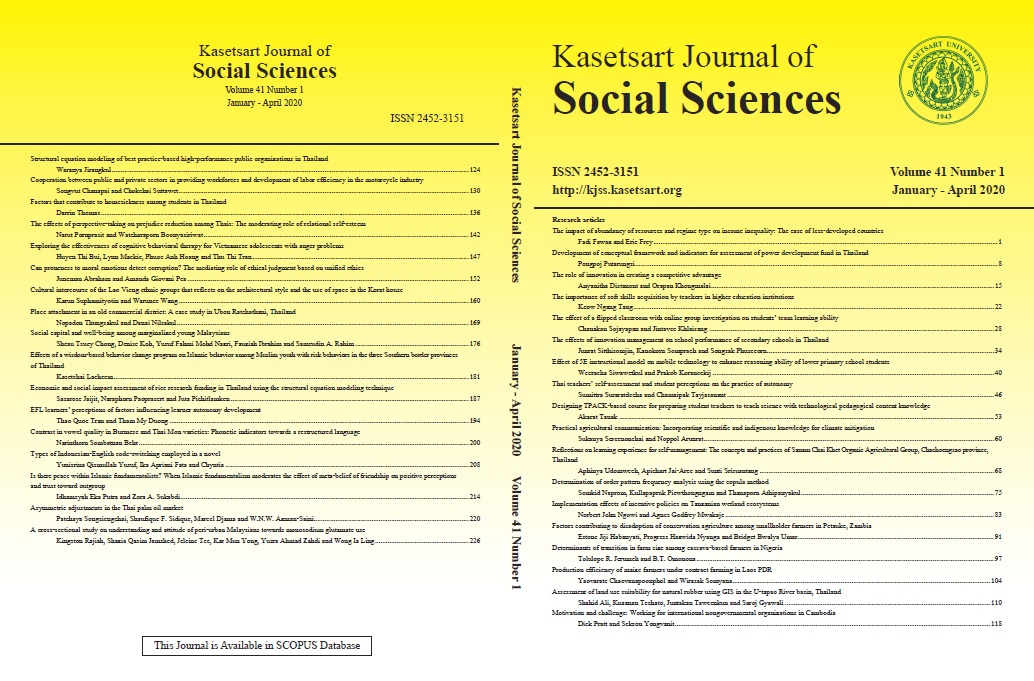Types of Indonesian-English code-switching employed in a novel
Keywords:
code-switching,, English, fiction, Indonesian, novelAbstract
This study investigated the types of code-switching between Indonesian and English and
vice versa in an Indonesian novel. The code-switching employed in the novel entitled
Antologi Rasa (literally translated as ‘The Anthology of Taste’) by Ika Natassa was chosen as
the data for this study. The method used was qualitative in nature, with the codeswitching
being identified, noted, and finally analyzed and categorized into the framework
developed by Hoffman who proposed four types of code-switching: inter-sentential
switching, intra-sentential switching, tag switching, and establishing continuity with the
previous speaker. The results showed that the most frequently used code-switching type
in the novel was inter-sentential switching (62.3%), followed by intra-sentential switching
(20.9%), tag switching (12.4%), and establishing continuity with the previous speaker
(4.4%). Inter-sentential was presumed to be used the most because this type of codeswitching
signals bilingual proficiency and the novel does focus on readers who are
adults and live in the metropolitan area. These readers are believed to be fluent speakers of
both Indonesian and English. Establishing continuity with the previous speaker was the
least frequently used code-switching type in the novel. This type of switching is mostly
affected by social distance whereas in the novel, most of the characters had a close relationship
with each other, perhaps explaining this low frequency. Finally, further studies on
code-switching in written work are suggested, expanding on the current case of a single
novel, since the influence of each language is essential to the significance of literary work
at large.
Downloads
Published
How to Cite
Issue
Section
License
Copyright (c) 2018 Kasetsart University

This work is licensed under a Creative Commons Attribution-NonCommercial-NoDerivatives 4.0 International License.
This is an open access article under the CC BY-NC-ND license http://creativecommons.org/licenses/by-nc-nd/4.0/










